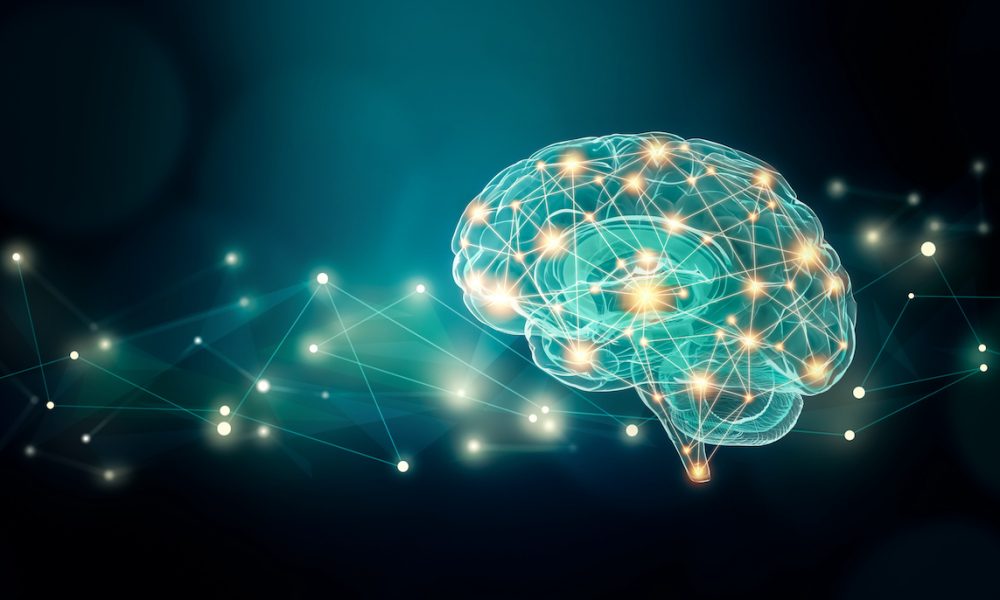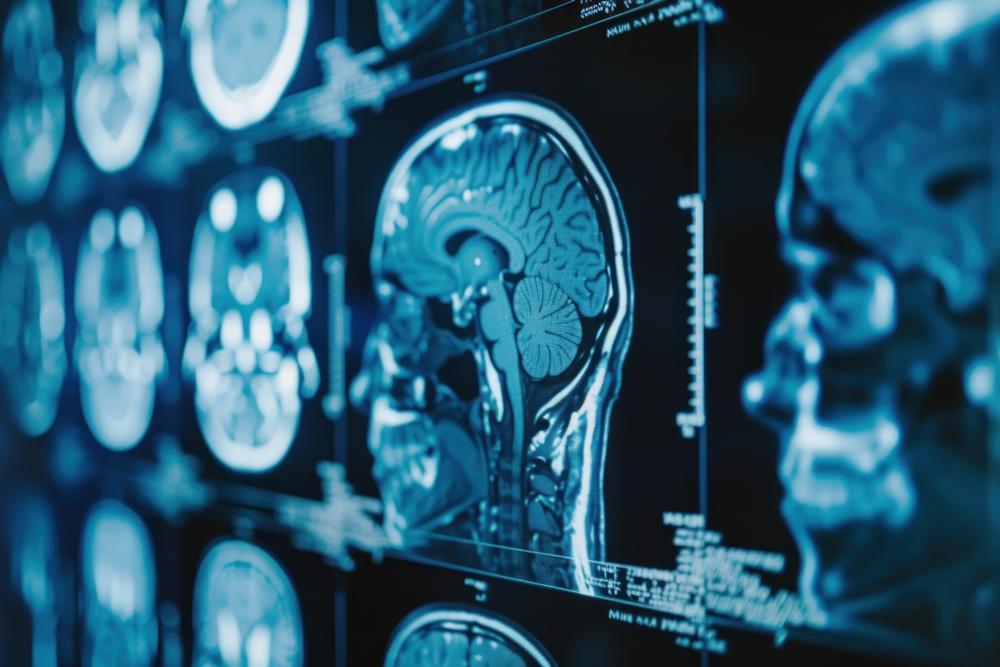
Scientists have found that fibroblasts – healing cells usually active elsewhere in the body – also help repair brain injuries and could form the basis of new treatments.
The cells move from protective membranes around the brain into damaged tissue, where they form scars and help manage immune responses during different stages of recovery.
The discovery could guide the development of drugs for traumatic brain injuries, a leading cause of death and disability, which currently have no approved drug treatments.
“Our study reveals opportunities to enhance the natural repair process,” said Ari Molofsky, professor of laboratory medicine and the study’s senior author.
“The goal is to give someone who’s experienced a traumatic brain injury or stroke the best outcome possible, based on the stage of healing they’re in.”
Researchers from UC San Francisco showed that fibroblasts – only identified in the brain in the past decade – are mainly located in the meninges, the protective membranes around the brain and spinal cord.
When the brain is injured by a blow or stroke, these cells move from the meninges to the damaged tissue, creating a barrier or scar.
About a week later, after scar formation, fibroblasts take on new roles: some attract immune cells needed for repair, others regulate inflammation, and some return to the meninges.
The findings suggest that drugs now in clinical trials for lung and liver fibrosis – conditions involving scarring – could be adapted for brain injuries.
These drugs target molecules that prompt fibroblasts to form scars, and could enhance healing in the early stages after injury.
Tom Arnold, professor of paediatrics, worked with Molofsky to map the distinct stages of fibroblast activity, knowledge that could help guide the timing of treatments for serious brain injuries.
The brain offers a clearer setting to study fibroblast behaviour compared with organs like the lungs or liver, where large numbers of immune cells make observation more difficult.
With relatively few immune cells, the brain allows closer study of how fibroblasts act.
“There’s a lot of potential here,” Molofsky said.
“These overlooked cells seem adept at solving the common challenge of balancing healing and inflammation.”










